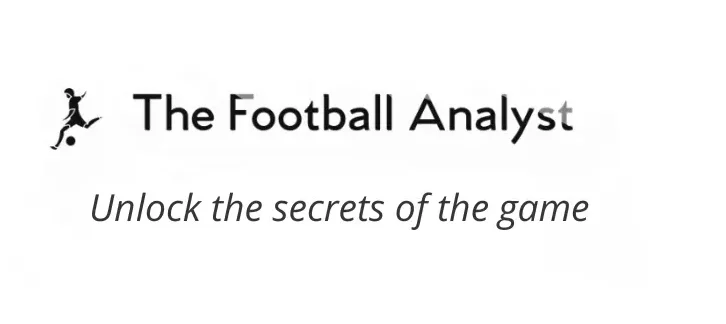In the world of modern football analytics, traditional stats like goals and assists no longer tell the full story of a player’s impact on the game. As clubs and analysts dig deeper into performance metrics, advanced models such as xOVA (Expected Offensive Value Added) have emerged to better quantify how players contribute to attacking phases beyond final actions. But what exactly is xOVA, and how is it useful in evaluating players? Let’s break it down.
What Is xOVA?
Expected Offensive Value Added (xOVA) is a football statistic that measures the estimated increase or decrease in the likelihood of scoring a goal resulting from a player’s on-ball actions. It builds upon concepts like Expected Goals (xG) and Expected Assists (xA), but instead of only focusing on shots or passes that lead to shots, xOVA evaluates all offensive contributions within a possession sequence.
In essence, xOVA attempts to answer this question:
Did this player’s action increase the team’s chances of scoring during that possession?
The Logic Behind xOVA
xOVA is often derived from a possession value model, which assigns a probability of scoring based on the ball’s location, game state, and tactical context. When a player performs an action—such as a pass, carry, or dribble—the model calculates the change in scoring probability before and after the action.
xOVA = Offensive Value After Action – Offensive Value Before Action
For example:
- If a midfielder completes a progressive pass into the final third that significantly improves the team’s attacking position, the xOVA will be positive.
- If a player misplaces a pass and loses possession, the xOVA will be negative.
Types of Actions Included in xOVA
Unlike xG, which only applies to shots, xOVA includes a much broader range of on-ball actions:
- Passes (especially progressive, through balls, or line-breaking passes)
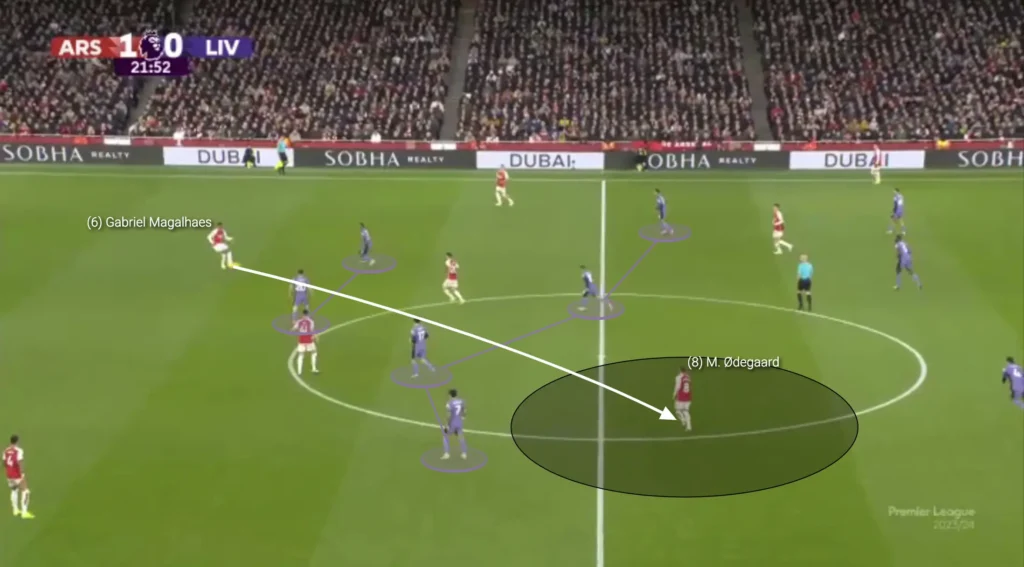
- Carries and dribbles that advance the ball into dangerous zones
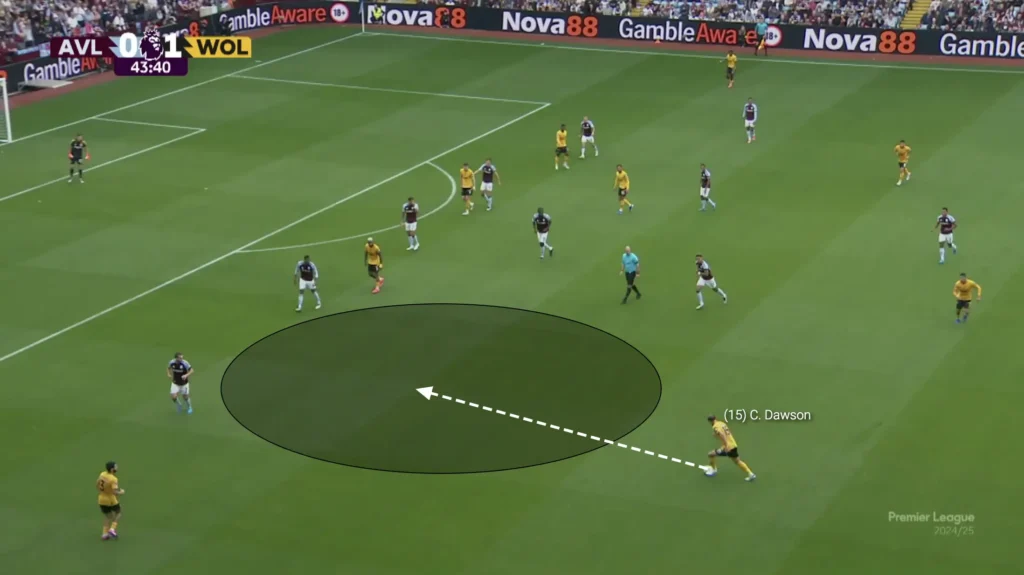
- Ball receptions in high-value areas (like the half-spaces or between the lines)
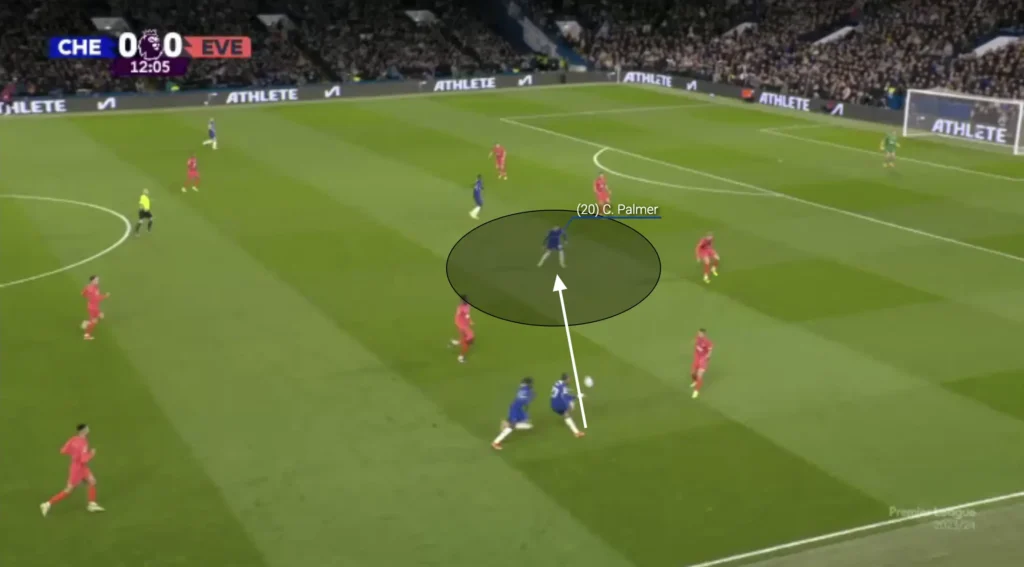
- Crosses into the box
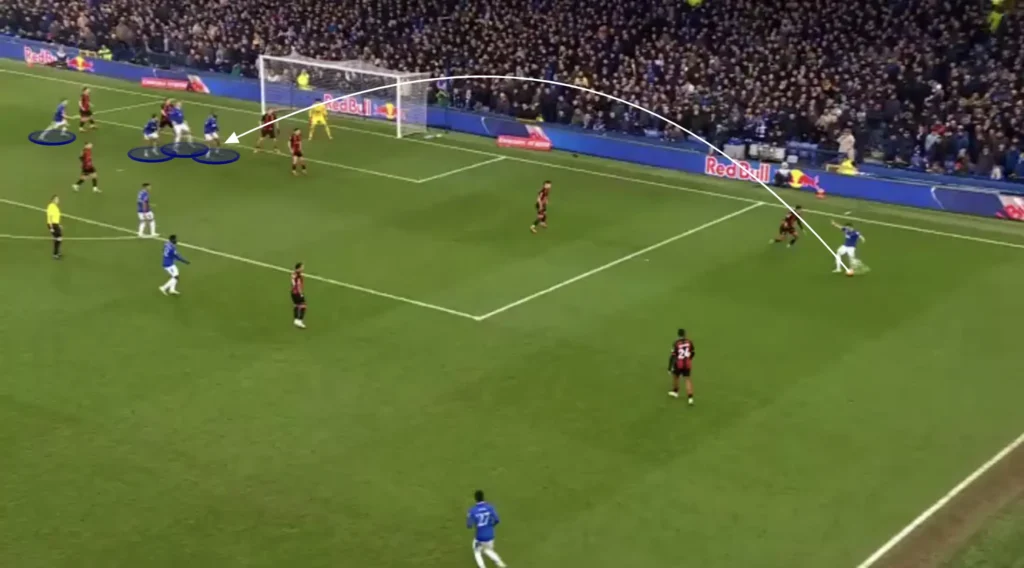
- Even unsuccessful actions, if they lead to a loss of offensive value
This wide scope allows xOVA to measure the process leading up to goal-scoring chances, not just the end product.
Why Is xOVA Useful?
1. Contextualizing Player Influence
xOVA helps identify players who consistently improve their team’s attacking value, even if they don’t score or assist. This is especially useful for evaluating:
- Deep-lying playmakers
- Progressive center-backs
- Creative fullbacks
- Press-resistant midfielders
2. Beyond Goals and Assists
A player like Rodri, for instance, might not register high on xG or xA, but his calm progression under pressure adds significant offensive value. xOVA captures this type of contribution.
3. Scouting and Recruitment
Clubs can use xOVA to uncover undervalued talents—players who might not stand out in traditional stats but play key roles in team build-up and attacking progression.
How Is xOVA Calculated?
Different analytics providers use different methods, but the general steps include:
- Modeling possession value: A machine learning model predicts the likelihood of scoring from different game states (based on location, context, etc.).
- Tracking on-ball actions: Every touch, pass, carry, or dribble is analyzed to see how it changes the possession value.
- Aggregating impact: The difference in expected value before and after each action is summed to create a player’s total xOVA over a match or season.
Some well-known frameworks that underpin xOVA models include:
- VAEP (Valuing Actions by Estimating Probabilities) from SciSports
- Possession Value (PV) models by StatsBomb and Opta
- Expected Threat (xT) developed by Karun Singh
Each model has slight variations, but they share the same goal: evaluating how actions add or subtract offensive value.
Limitations of xOVA
While xOVA is a powerful tool, it’s not perfect. Some limitations include:
- Context sensitivity: It depends on accurate event data and possession segmentation.
- No off-ball measurement: xOVA focuses only on on-ball actions, so off-ball movements, screens, and decoy runs are not captured.
- Model dependency: The output can vary significantly depending on the possession value model used.
For a holistic player assessment, xOVA should be used alongside other metrics such as:
- xG and xA
- Progressive passes
- Pressing metrics
- Positional heatmaps
Conclusion
xOVA represents a major step forward in football analytics, offering a more nuanced view of how players influence the attacking game. By focusing on the value added through actions, it helps reveal hidden gems, contextualize performances, and support smarter decision-making in scouting, recruitment, and tactical analysis.
In a data-driven football world, metrics like xOVA are no longer just for analysts—they’re shaping how teams play, how players are evaluated, and ultimately, how success is measured.
Related Articles
- Expected Goals (xG) – Football Statistics Explained
- Expected Assists (xA) – Football Statistics Explained
- Pass Networks – What They Reveal About Team Structure
